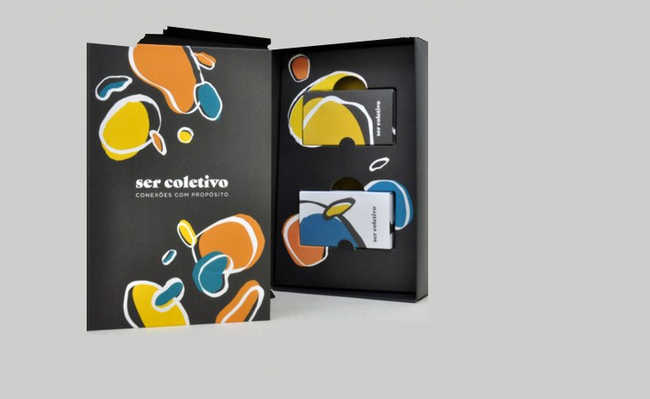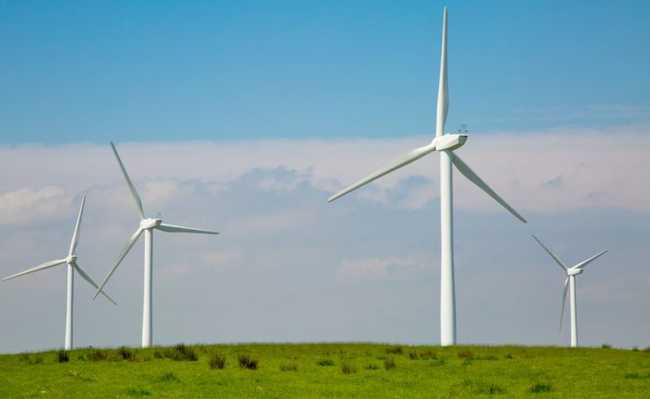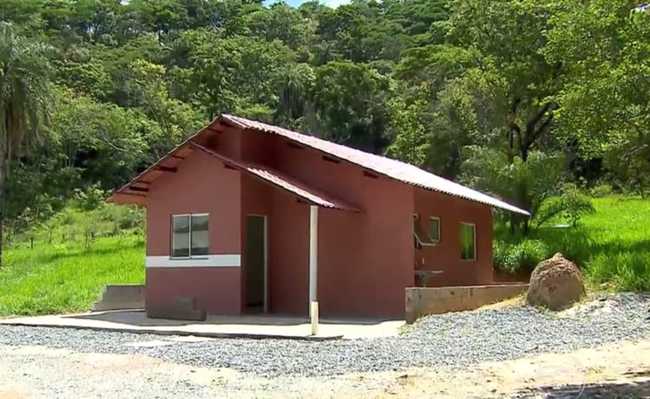Food waste: economic and environmental causes and damages
The cost of discarded food is 750 billion dollars a year

Edited and resized image by Liana Mikah is available on Unsplash
Did you know that food waste accounts for a third of all food produced in the world? Well, the financial market policy that generates excess production and transport are significant factors in this problem. But beyond that, there is food waste in our home kitchen. Let's take a deeper look at this issue.
According to the FAO (United Nations agency concerned with eradicating hunger), 54% of food waste in the world occurs in the initial phase of production, which comprises post-harvest handling and storage. The other 46% of waste, according to the same source, occurs in the processing, distribution and consumption stages.
When we remember that 870 million people go hungry every day, this data on food waste becomes terrifying.
In the world
Europe alone is responsible for 222 million tonnes of food waste, the equivalent of all food production in the Sub-Saharan Africa region!
In less sophisticated crops, much of the production is lost in transport and handling.
In Brazil, a large part of food waste occurs during the handling and logistics of production: at harvest, the waste is 10%. During transport and storage, the figure is 30%. In commerce and retail, the loss is 50%, while in households 10% goes to waste.
According to a report by the Institute of Mechanical Engineering, there is a loss of 37% and 80% of rice production in East Asia. In India, 20 million tons of wheat are lost through improper supply and distribution systems.
In developed countries, waste has a more aesthetic reason, where consumers refuse to buy products that look more haggard or injured, and the networks themselves reject foods that look less healthy.
In the UK, 30% of the British crop is rejected for not meeting market expectations regarding its physical characteristics, and seven million tonnes of food (the equivalent of ten billion pounds, or 40 billion reais) are discarded by the same. reason.
Waste is also present in the home of British consumers, where half of the food purchased is discarded.
Consumer awareness and practice
A survey by Unilever, called World Menu Report, states that 96% of Brazilians worry about food waste, a high percentage compared to Germany (79%), the United States (77%) and Russia (69%). However, what is contradictory is that the country has one of the highest levels of food waste in the world! With 40 thousand tons of food that goes to waste every day. According to the NGO Banco de Alimentos (an organization that seeks to combat hunger and food waste), every Brazilian wastes more than half a kilo of food a day.
The causes for such waste are many. Many products, such as fruits and vegetables, go bad before they leave the shelves. Many consumers buy products that spoil before they go to the table and a considerable part of what reaches the table is not consumed. There are also problems during transport. Long distances and improper packaging (or even the absence of packaging) are impacting factors.
economic losses
The more food thrown away, the more expensive it becomes. It was even based on this market logic that, in the 1930s (and even today, illegally), in Brazil, excess coffee production was burned to generate profit.
A report made in 2013 pointed out that, despite making a profit for very few people on a world scale, food waste costs 750 billion dollars a year. Now imagine this amount in reais.
Environmental damage
Food waste greatly harms the environment. Imagine that most of the pesticides, water, land, fertilizers, deforestation, transport, energy and oil costs for the production of machines and fuels used in all agricultural processes are used in vain. This makes it necessary to further intensify production and, consequently, put pressure on the environment.
In the case of wasted food of animal origin, the environmental damage is greater, as the raising of sheep or cattle requires greater amounts of inputs than vegetable production.
Not to mention the issue of increasing the amount of solid waste, which is mostly made up of organic waste (60%).
How to avoid
Much of the food waste is in the production itself. But the consumer can contribute in some way to change this picture.
The first tip would be, whenever possible, to opt for locally produced food, as these do not suffer (or suffer less) from transport losses and degradation, becoming, who knows, a locávore.
Another way to avoid waste is to choose to consume ruderal Pancs (Unconventional Food Plants), as these are an alternative to monocultures and are often born naturally at home or nearby, and can be harvested at the time of use, or shortly before, also avoiding long-distance transport losses and storage degradation.
You also avoid wasting food by learning to make recipes with husks, roots and seeds. Have you ever thought about eating banana peel, for example? Do you already know our 18 different ways to reuse lemon peel? Or the seven health benefits of pumpkin seed?
You can also contact the nearest food producers and form consumption groups with your neighbors, because by making collective purchases the price is more affordable and the producer can produce according to demand, avoiding waste .
Another alternative allied to these is to compost your organic waste. So, instead of becoming “trash” and occupying space in landfills and dumps, it becomes humus and will even serve as input for you to donate or start planting locally in some space shared with neighbors.










